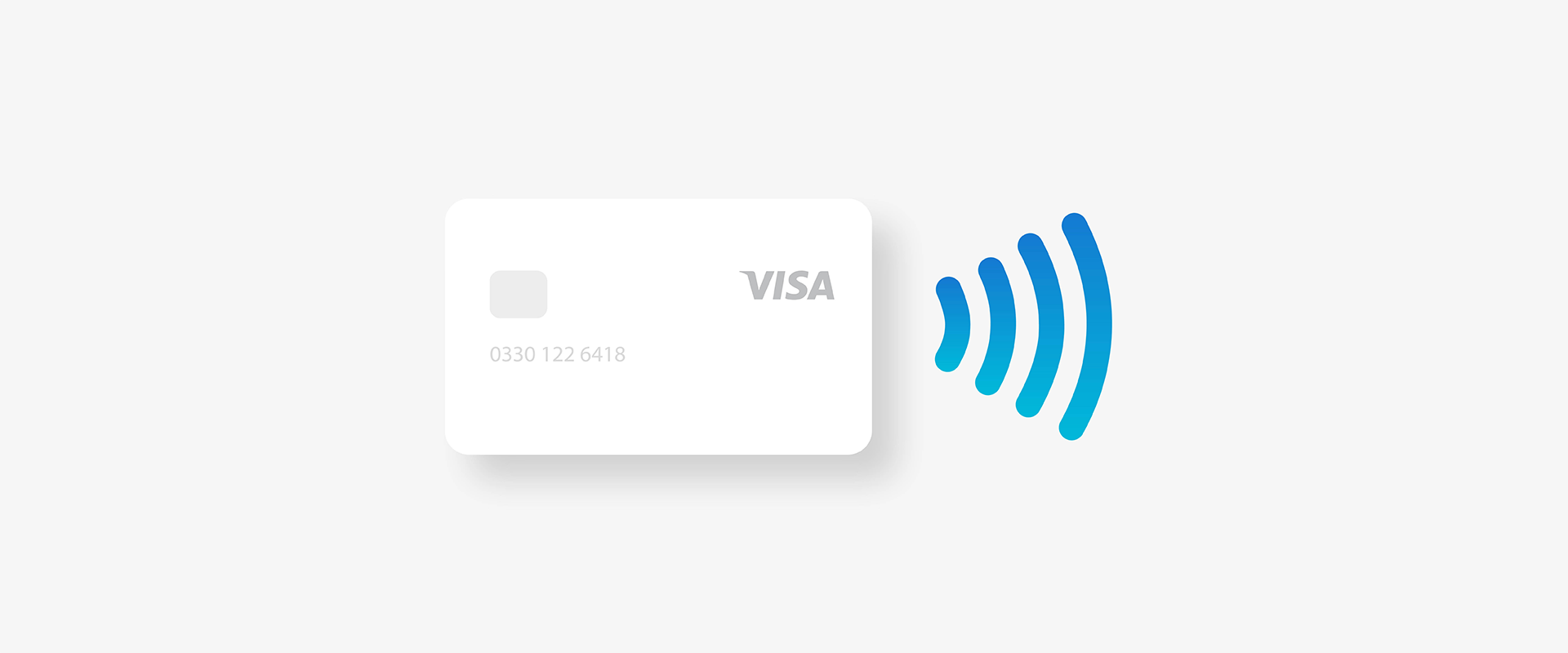
Paying with chip and pin is now an afterthought at the point of sale.
In the UK 5% of all point of sale transactions were made by mobile devices in 2017; given the current payments landscape, where the preference for digital payments has only been accelerated by COVID-19, this percentage is set to increase.
By 2022, 28% of all point of sale transactions will be made by mobile devices in the UK. Whilst this is a considerable increase, on a global scale, 22% of all transactions made accumulatively at the point of sale worldwide; are made with digital wallets.
As businesses across e-commerce and in-store verticals adjust to processing within a pandemic, merchants across the globe are seeking advice as to how to scale contactless solutions in-store.
Cashless and cardless payments are touchless.
Customers can now pay contactless at an increased limit of £45 (up from £30), or more with Apple and Google Pay (depending on the issuing bank).
Businesses can expand outside of the restrictions their business premises impose on creating a safe shopping space for customers, with remote or MPOS options.
Merchants can open themselves up to a wider variety of payment options that cater to a broader range of customer preferences and concerns.
Merchants can adopt payment methods that scale across multiple commerce channels.
Demand: ex. are you able to provide the payment options that the customer prefers to pay with at your online or in-store checkout?
Security: ex. is the customer’s privacy protected from data breaches and fraud?
Safety: ex can the customer trust you - now, more than ever, to protect them, whilst making a purchase in-store - or on the receipt of goods?
Going contactless is the way to cater to the best customer experience, and there are multiple ways to do this at the point of sale.
Touchless - give your customer a number of contactless payment methods to choose from when checking out, for a safer and cleaner payment process.
Speedy - the less time your customer spends in-store, the safer and more efficient your checkout process is.
Self-serve - your customer does not need to interact unnecessarily with members of staff. Self-serve checkout options are safer and more convenient for customers.
Shopless - mobile point of sale options allow you to expand your premises to spaces that can accommodate ventilated and socially distanced areas for your customers to shop safely in.
In-app enabled - facilitate omnichannel payments by allowing your customer to pay in-app or via a link so they minimise the overall time spent in-store browsing or making a purchase.
Enabling a plethora of contactless methods at the point of sale fosters the longevity of brick and mortar retail in an age where e-commerce is not only more convenient - but safer.
Alternative payments such as the methods listed below, can facilitate the transaction of debit and credit cards, whilst housing your own branded loyalty schemes via their digital wallet facilities:
The use of QR codes within the western payments landscape is set to grow alongside the adoption of contactless payment methods and digital payments.
Holding the same status that NFC does in Europe - through digital wallets AliPay and WeChat, QR codes are used by 64% of Chinese shoppers to make payments. On track to gain this same popularity in the west; QR codes are set to account for 10-15% of all payments by 2023.
With global leader in digital payments Apple Pay, also looking to invest in QR payments, the this payment method should be considered an easy payment touchpoint into venues within the hospitality sector.
Concerns regarding security have made the transition for those outside of the digital payment sector’s demographic difficult.
However - as we've mentioned - prior to pandemic figures, digital wallets already accounted for 22% of global spending at the point of sale in 2019. Without the effect of the pandemic, this was predicted to increase to 30% by 2024.
For those less familiar with the increasing comfort surrounding digital payments - beyond the scope of providing a contactless solution at the point of sale - digital payments offer compliance with required payment regulations and security within the EEA.
For example, digital payments require two-factor authentication, which is typically done via the customer’s touch or face ID. This is just one method of complying with the mandated regulatory compliance for secure customer authentication (PSD2).
In-store, Mastercard recorded a marked increase of cashless payments across 15 markets by almost 40% within the first quarter of 2020. Similarly, Visa noted a 150% increase over the last year - predating the coronavirus pandemic.
With 7 in 10 customers planning to use contactless more often, 64% of customers in Europe revealed that ‘tap and pay’ was now their preferred way to pay in-store.
According to 451 research, 46% of customers prefer the flexibility of skipping a queue when paying at a mobile point of sale, and a further 68% prefer the advanced convenience of paying within a mobile app within a store.
The rise of digital banks such as Monzo and Starling perhaps surmises the desire for convenience and the need for a comprehensive payments experience. With the development of open-banking also contributing to the holistic capabilites of mobile devices as a one dynamic banking ecosystem; the trajectory of digital payments is unlikely to slow down.
[Source 1](https://suitsmecard.com/blog/2020/08/03/how-covid-19-has-accelerated-the-switch-to-digital-payments)
[Source 2](https://thepaypers.com/ecommerce/mastercard-research-shows-surge-in-digital-payments-as-ecommerce-expands-around-the-world--1243047)
[Source 3](https://www.mulesoft.com/resources/api/pos-integration#:~:text=POS%20systems%20allow%20retailers%2C%20restaurants,entering%20credentials%20on%20a%20pinpad)
[Source 4](https://www.forbes.com/sites/danieldoderlein/2020/07/14/the-timing-of-apples-qr-code-payments-in-ios-14-isnt-accidental/#5dfe21ce57fa)